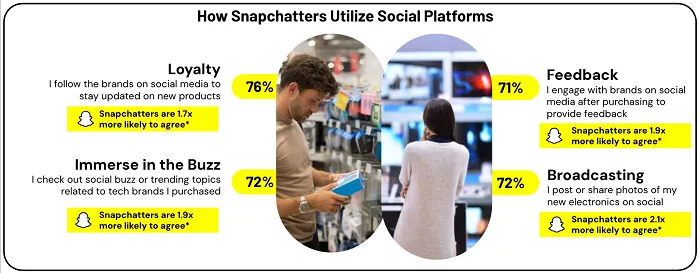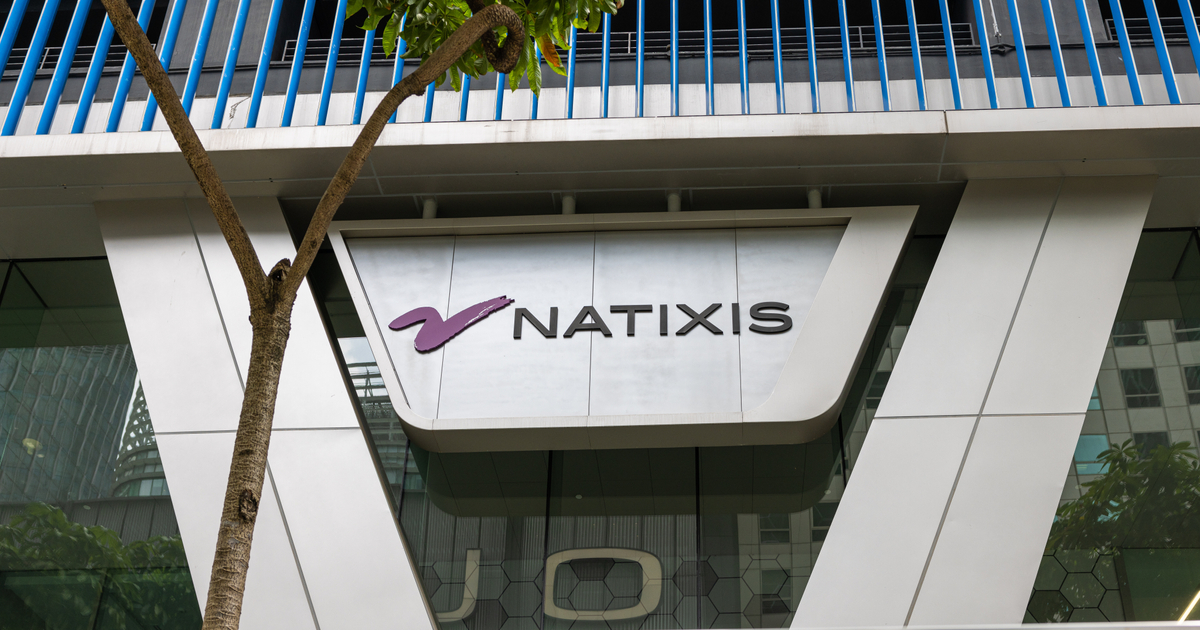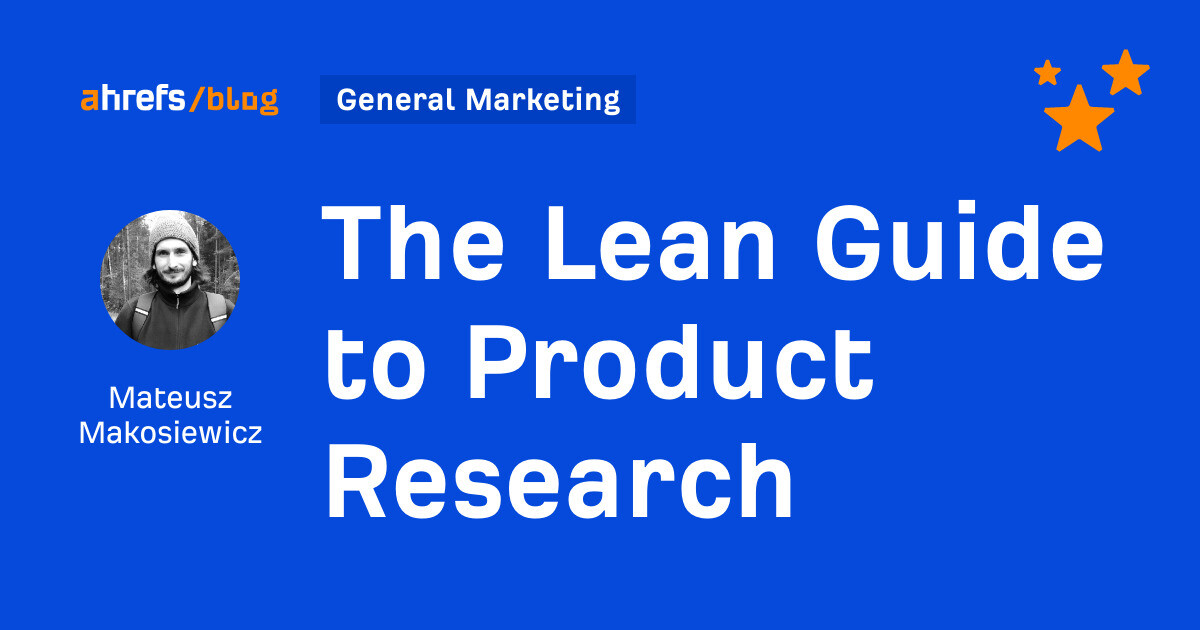How to Start & Run a Creative Agency in 2023
Imagine the exhilaration of carving a brand story and weaving campaigns that resonate far and wide. Moving from the predictable cadence of an employee role to orchestrating your own creative ensemble isn’t just a shift in title. Starting and...

Imagine the exhilaration of carving a brand story and weaving campaigns that resonate far and wide. Moving from the predictable cadence of an employee role to orchestrating your own creative ensemble isn’t just a shift in title. Starting and running a creative agency is a journey of passion, strategy, and unwavering determination.
As you perch on this pivotal moment, filled with boundless possibilities, remember: Creativity is abundant, but it needs leaders who can shape and direct it.
Ready to script your own creative legacy?
What Is a Creative Agency & What Differs It from Others?
In the expansive galaxy of the marketing industry, creative agencies shine bright like stars, illuminating brands and helping them navigate the complex terrain of consumer engagement.
But what truly sets them apart from the array of other agencies?
At its core, a creative agency is a crucible where art meets commerce. It’s where imaginative designs, compelling narratives, and strategic thinking converge to create campaigns that captivate audiences. These agencies don’t just focus on selling a product or service; they aim to stir emotions, resonate with audiences, and build enduring brand connections.
Creative agencies conceptualize and carry out campaigns holistically, in contrast to the specialized focus of the aforementioned.
They intertwine storytelling with aesthetic appeal. They’re responsible for iconic campaigns that echo through the annals of advertising history like Apple’s “Think Different” campaign, conceptualized and brought to life by TBWA/Chiat/Day.
This campaign wasn’t just about promoting a product; it was an ode to the rebels, and the visionaries, painting a brand image of innovation and non-conformity.
How to Start a Creative Agency
In a world awash with content, have you ever wondered what stands behind the most iconic brands and captivating campaigns? The answer is visionary creative agencies. If you’re envisioning building such an agency from scratch, you’re embarking on a journey both thrilling and demanding. Here’s your step-by-step guide:
1. Self-Assessment: Before embarking on this journey, take a moment to reflect. What are your strengths? What gaps in the market align with your capabilities? This isn’t about chasing a trend but matching the market’s needs with what you genuinely excel at.
2. Business Plan Creation: Your business plan is your roadmap. It should outline your agency’s mission, financial projections, marketing strategies, and potential challenges. It’s both a tool for attracting investors and a guideline for ensuring you stay on course. You can also integrate AI-driven market analysis tools for more accurate projections and risk assessments.
3. Assemble Your Team: While skill set is essential, chemistry can’t be ignored. A harmoniously functioning team is often more effective than a set of brilliant but disjointed individuals. Hiring for fit and alignment with the agency’s values can make the journey smoother.
4. Legal Framework: It’s crucial to have a solid understanding of industry-standard contracts to protect both your agency and its clients. This includes service contracts, non-disclosure agreements, and intellectual property rights protection. Don’t hesitate to consult with a legal expert in the industry.
5. Establishing an Online Presence: In today’s digital era, your website and social media channels are your storefront. Make sure they reflect your brand identity and showcase your portfolio effectively.
How to Run a Creative Agency
To excel in this dynamic field, agency leaders must blend artistry with strategy while maintaining a keen eye on industry trends and evolving consumer behavior. Let’s dive deeper:
1. Embrace Adaptability: The creative industry is ever-evolving. Being adaptable ensures you stay at the forefront. This means being receptive to feedback, willing to pivot when necessary, and continuously learning.
2. Tools & Tech: In a world where remote work is becoming commonplace, tools like Slack, Trello, or Asana are invaluable. They enhance collaboration, streamline workflows, and maintain organization within your team.
3. Client Relations: The crux of a successful agency lies in its relationships. Dive deep into understanding client needs. Adopt a consultative approach rather than being just a service provider. Use CRM tools like HubSpot to manage and analyze client interactions effectively.
4. Financial Management: While creativity is your core, financial health determines sustainability. Regularly monitor cash flows, manage invoicing, and keep tabs on expenses. Tools like QuickBooks can be incredibly handy here.
5. Feedback Loops: Regularly schedule check-ins, both internally with your team and externally with clients. These feedback loops help iron out any misalignments, ensure project timelines, and fine-tune the end product.
6. Continuous Learning: The digital landscape is in flux. What’s trending today might be passé tomorrow. Encourage your team to partake in workshops, webinars, and courses. Stay updated, stay relevant.
7. Celebrate & Re-evaluate: When you achieve milestones, take a moment to celebrate. But also, retrospect. What worked? What challenges arose? How can processes be improved? This reflection propels growth.
How Do Creative Agencies Work?
Diving into the world of creative agencies reveals a fascinating tapestry of processes that merge into one coherent masterpiece. At the heart of every agency is the magnetic pull of ideation, creation, and collaboration. It begins with a client’s brief, an essential document that paints the client’s vision, objectives, and specific demands. This brief becomes the foundation upon which a plethora of ideas are built during brainstorming sessions, each evaluated for its feasibility and potential impact.
Understanding the market, the audience, and the latest trends is the next pivotal step. Through tools like Google Analytics and Semrush, or methodologies such as focus groups, agencies dig deep for insights. Increasingly, agencies are harnessing the power of AI to gain deeper insights and predict market trends. Noteworthy collaborations, like the one between Brave Bison and WWF, utilized AI to shape their creative output, underscoring the potential of AI in redefining agency workflows.
The essence of the strategy is then given form in the design and development phases. Here, a team of talented individuals, armed with tools like Adobe Creative Cloud or Figma—and increasingly AI-driven design tools—crafts graphic designs, writes compelling copy, or develops digital components, ensuring that every element resonates with the target audience’s expectations.
However, the journey doesn’t end with creation. Rigorous reviews come into play, forming iterative feedback loops with clients. AI also plays a crucial role here, aiding in real-time adjustments based on data-driven feedback, ensuring that the final output is aligned perfectly with the client’s vision and market dynamics.
Once a campaign steps into the limelight, it’s not left to its own devices. The agency keeps a vigilant eye, continuously monitoring performance metrics and tweaking strategies in real-time, often powered by AI analytics to optimize campaign results, ensuring that it meets or even surpasses the expectations set in the brief.
But, as with any endeavor, reflection is key. After the curtain falls on a campaign, retrospection is a must. Agencies dive deep into introspection, leveraging AI analytics to understand what worked and what didn’t. These insights not only foster growth but equip the agency to tackle future challenges with greater prowess and clarity. Amidst all these technicalities, one thing remains constant: the agency’s commitment to nurturing strong, transparent client relationships, accommodating revisions, and adapting to clients’ evolving demands, ensuring their satisfaction remains paramount.
How Do Creative Agencies Make Money?
Revenue is the lifeblood of any agency, and the creative sphere is no exception. But how exactly do these agencies keep their financial health intact?
Project-based Fees: The most common method is to charge clients for specific projects. This could range from designing a logo to a comprehensive advertising campaign. The project’s complexity and duration often determine the pricing. Retainers: Some clients prefer having an agency on retainer. This means the agency receives a set fee, usually monthly, to handle a range of services. This model ensures predictable income and fosters deeper client-agency relationships. Equity Arrangements: With the startup ecosystem booming, some agencies are exploring agreements where they take equity in a young company in exchange for their services. This can be lucrative if the startup takes off, but it’s also riskier. Service Bundling: Offer packages that combine multiple services at a discounted rate. This not only provides more value to the client but also ensures multiple revenue streams for the agency. Consultation Fees: As experts in the creative domain, agencies can also charge for consultations, offering advice on branding, marketing strategies, and more. Affiliate Marketing & Partnerships: Collaborate with other businesses, where referrals or joint ventures can lead to a commission or a share of the profits. Looking at agencies like Wieden+Kennedy, they’ve successfully leveraged multiple revenue models, from handling big-ticket campaigns for global brands to partnering innovatively with emerging companies. Remember, diversification is key. Avoid relying too heavily on a single client or revenue stream. Like any business, a healthy mix ensures stability and growth potential.How to Grow a Creative Agency
When it comes to scaling a creative agency, it’s essential to look beyond just the immediate clientele and work portfolio. Growth, in its holistic sense, combines both the qualitative and quantitative aspects of development. Here’s a structured approach to growing a digital marketing agency:
Internal Development: The bedrock of any agency is its competencies. To stay ahead, it’s paramount to continually upgrade skills and integrate emerging technologies. Conduct periodic training sessions, workshops, and even sponsor team members for industry-specific courses. As digital trends evolve, adaptability becomes the key to staying relevant. Building Strong Client Relationships: A satisfied client is not just a source of consistent work but can become your most significant advocate. It’s not solely about delivering excellent outputs but also about communication, understanding their changing needs, and being flexible in your approach. Cultivating trust leads to long-term partnerships, ensuring a steady workflow and a solid reputation in the industry. Diversification: Don’t pigeonhole your agency into one niche or industry. Explore and venture into new terrains, whether they be different creative domains, industries, or even geographies just like Crowd does by providing services in different parts of the world from Europe to the Asia Pacific. This not only cushions against market volatility but also offers fresh perspectives and challenges to keep the team invigorated.While these foundational growth strategies provide the backbone for your agency’s advancement, the way you market yourself plays an equally critical role. It’s the bridge between your capabilities and the audience that needs them.
Stay tuned, as in the next section, we’ll dive deep into targeted marketing strategies that can supercharge your agency’s growth trajectory!
How to Market a Creative Agency
Expanding a creative agency isn’t solely about harnessing creativity; it’s about effectively marketing that creativity to the right audience. Here’s how you can elevate your agency’s growth trajectory using marketing-centric strategies:
Refine Your Brand Identity: Your agency’s brand isn’t just a logo or tagline—it’s the essence of who you are. Consistently express this across all touchpoints, be it your website, social media, or even email signatures. A distinctive identity sets you apart in a sea of competitors. Leverage Content Marketing: Regularly craft insightful blog posts, infographics, or videos that address industry trends or challenges. This not only positions you as a thought leader but also improves organic visibility in search engines. For example, Beyond shares content on its website on a regular basis to demonstrate the way the team and the brand think.How Do Creative Agencies Find Clients?
Word of mouth is powerful, but it’s exceptional work that sparks the conversation. Taking a personalized approach to potential clients demonstrates dedication, while genuine reviews on agency directories bolster your agency’s reputation.
In conclusion, building a creative agency is much like crafting a masterpiece—it requires patience, multiple layers of effort, and a dash of originality. Every renowned agency began with a dream and determination. Here’s to sculpting yours.
Your journey with a creative agency is more than just a business venture; it’s a profound adventure. Whether you’re starting an agency with no experience or expanding on years of experience, each client and project brings a fresh perspective and unique challenge. Stay passionate, keep your feet on the ground, and never forget the reason you embarked on this path. Your agency’s story has the potential to reshape narratives and influence viewpoints. Navigate with care, and your agency’s legacy might resonate for generations to come!

 Kass
Kass 









![Why Your Brand Needs A Strong Visual Identity [+ 5 Examples to Inspire You]](https://blog.hubspot.com/hubfs/artist-creates-brand-visual-identity%20%281%29.jpg#keepProtocol)















.jpeg&h=630&w=1200&q=100&v=a905e78df5&c=1)







